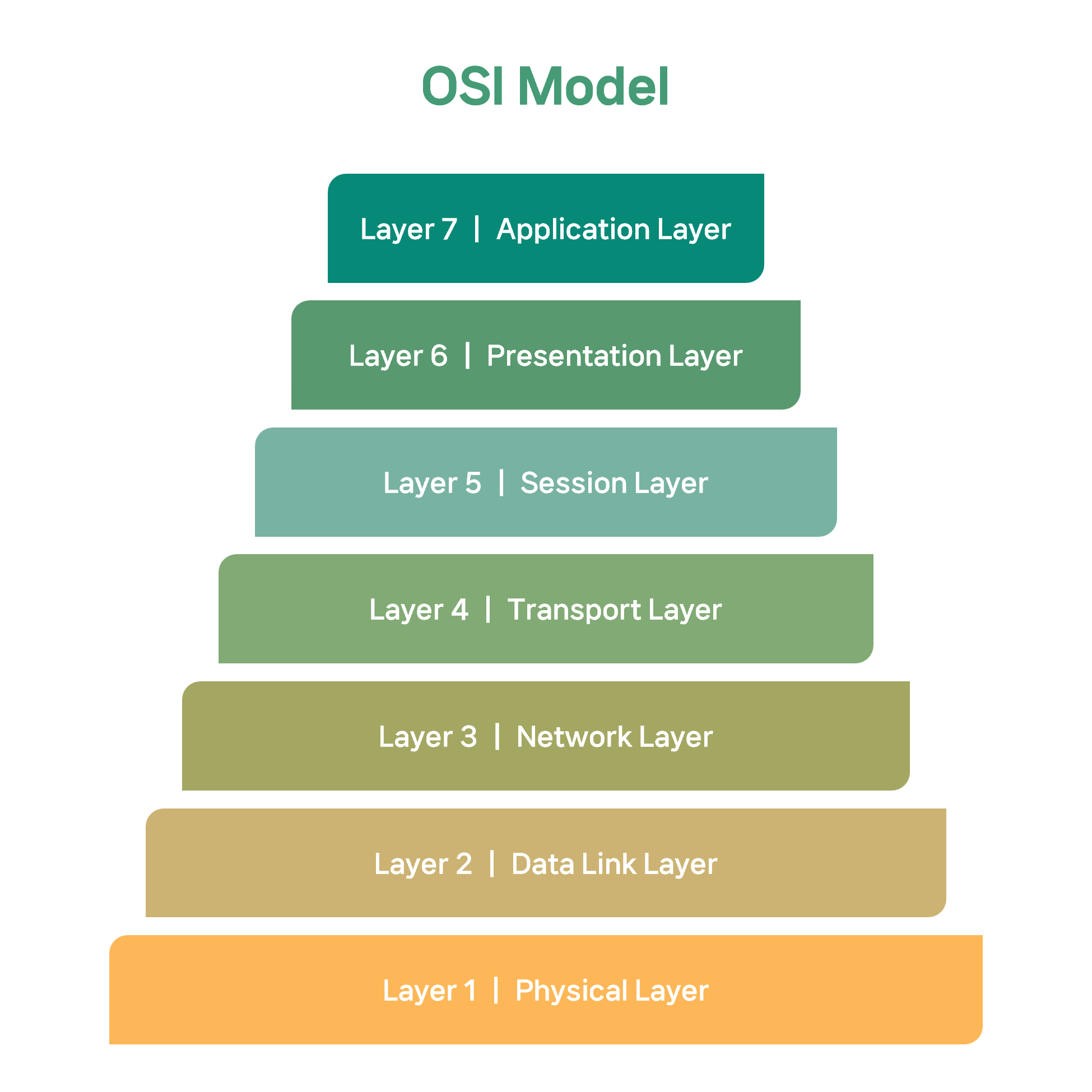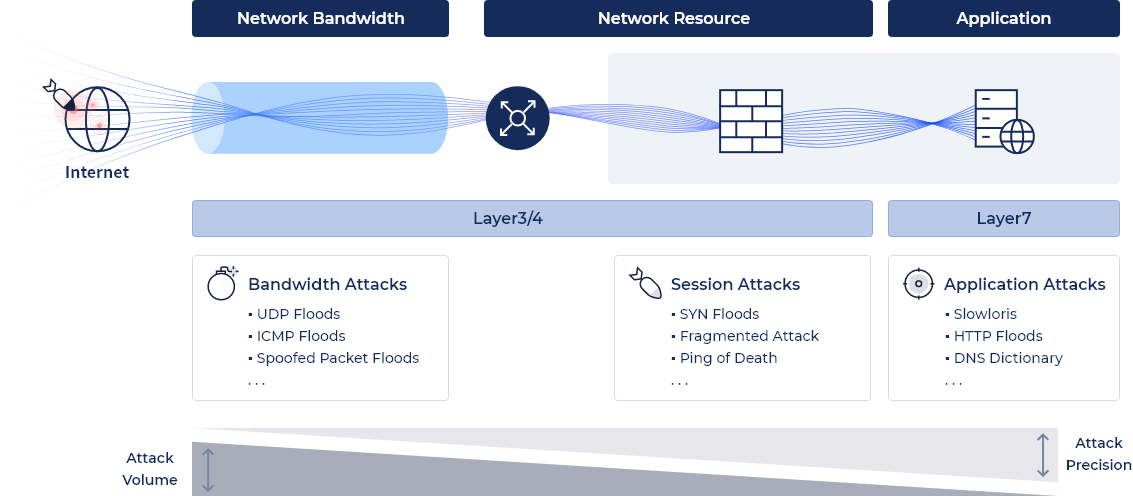Cloud Service Failure of Microsoft Caused by Layer7 DDoS Attack

Cloud services have become an indispensable part of our daily lives, driving a global transformation towards cloud-based solutions. Popular cloud platforms such as Google Drive, iCloud, Dropbox, Amazon Web Services (AWS), and Azure have become incredibly familiar and accessible to people around the world.
The appeal of cloud environments extends beyond individuals, as many corporations eagerly adopt these solutions due to their 24/7 availability and absence of upfront implementation costs. However, the growing interest in cloud environments, both among individuals and corporations, has led to the accumulation of significant amounts of critical information within these platforms. Consequently, the number of hackers targeting this valuable data has also increased.
What is DDoS?
DDoS (Distributed Denial of Service) attack is one of the most prevalent and enduring types of cyber attacks. These attacks utilize multiple systems to overwhelm web servers, leading to a disruption of service for legitimate users. Over the years, DDoS attacks have consistently increased in scale and have continued to evolve, adopting various sophisticated techniques.

Historically, DDoS attacks primarily focused on the network layers (Layer 3) and transport layers (Layer 4) of the Open Systems Interconnection (OSI) model. However, the rise in L7 attacks, which exploit vulnerabilities in multiple applications running on servers, has posed significant difficulties in mitigating DDoS threats.
Case of DDoS Attack
DDoS attacks on cloud services have become increasingly common and pose a significant challenge for organizations and individuals. In January 2022, Microsoft (MS), the world’s largest software company, experienced a network failure that resulted in a malfunction of its cloud servers. Subsequently, in early June 2023, MS faced another incident where its office line and cloud services, including Outlook email and OneDrive apps, encountered a temporary disruption.

In response to the incident, Microsoft identified an L7 (application layer) attack as the cause, which was carried out by a group of hackers known as Storm-1359.
The DDoS attacks orchestrated by Storm-1359 resulted in widespread service failures across the Americas, Europe, Asia-Pacific, the Middle East, and Africa. This incident caused significant inconvenience to users worldwide, particularly for companies heavily reliant on MS Azure. Microsoft has announced plans to enhance security measures at Layer 7 to provide better protection for its customers.
Ways to Safeguard Against DDoS Attacks
To effectively counter DDoS attacks, it is crucial to implement a robust DDoS defense solution capable of real-time attack detection and analysis to respond to attacks.
To combat evolving DDoS attacks, a comprehensive approach is required, involving threat analysis and response across multiple layers of the infrastructure. This includes addressing vulnerabilities at the L3 and L4 layers of the network infrastructure, as well as implementing measures at the L7 application layer to safeguard against sophisticated attacks.

Cloudbric ADDoS is an advanced DDoS defense service that utilizes advanced edge computing technology. It effectively combats DDoS attacks by collecting, analyzing, and distributing intelligence across various edge locations. This service offers robust protection by swiftly blocking attacks from any geographical location.

What sets Cloudbric ADDoS apart from other DDoS solutions is its comprehensive approach to defense. While many solutions focus solely on safeguarding specific layers of the Open Systems Interconnection (OSI) model, Cloudbric ADDoS provides optimized security across multiple layers. It offers protection against threats targeting network layers (L3), transport layers (L4), and application layers (L7).
📌 Learn more about Cloudbric ADDoS
In the face of ever-evolving DDoS attacks, it is crucial to conduct comprehensive analysis of both traffic volume and attack methods. Cloudbric ADDoS is a powerful solution that effectively addresses this challenge. By harnessing globally collected threat data, it offers precise threat detection across multiple layers of your infrastructure. With Cloudbric ADDoS, you can take proactive measures to safeguard your online assets and stay one step ahead in protecting your digital infrastructure.





